Imagine stepping outside into your backyard and being greeted by the vibrant colors and intoxicating scent of your very own citrus tree. With just a little bit of patience, knowledge, and a sprinkle of magic, you can transform a simple citrus seed into a flourishing tree that will not only decorate your garden but also provide you with an abundance of fresh, juicy fruit. So, if you’re ready to embark on a green-thumbed adventure and unlock the secrets to growing a healthy and fruitful citrus tree at home, you’ve come to the right place. This comprehensive guide will delve into the world of citrus cultivation, from germination to proper care, and equip you with all the necessary tips and tricks to ensure success. Get your gardening gloves ready, because your journey towards becoming the ultimate citrus tree whisperer starts now.
About Citrus Trees
Citrus trees are evergreen plants that belong to the citrus genus of flowering plants. They are cultivated for their fruits, which include oranges, lemons, limes, grapefruits, and tangerines. Citrus trees are native to South and Southeast Asia but can now be found in many parts of the world with warm and humid climates.
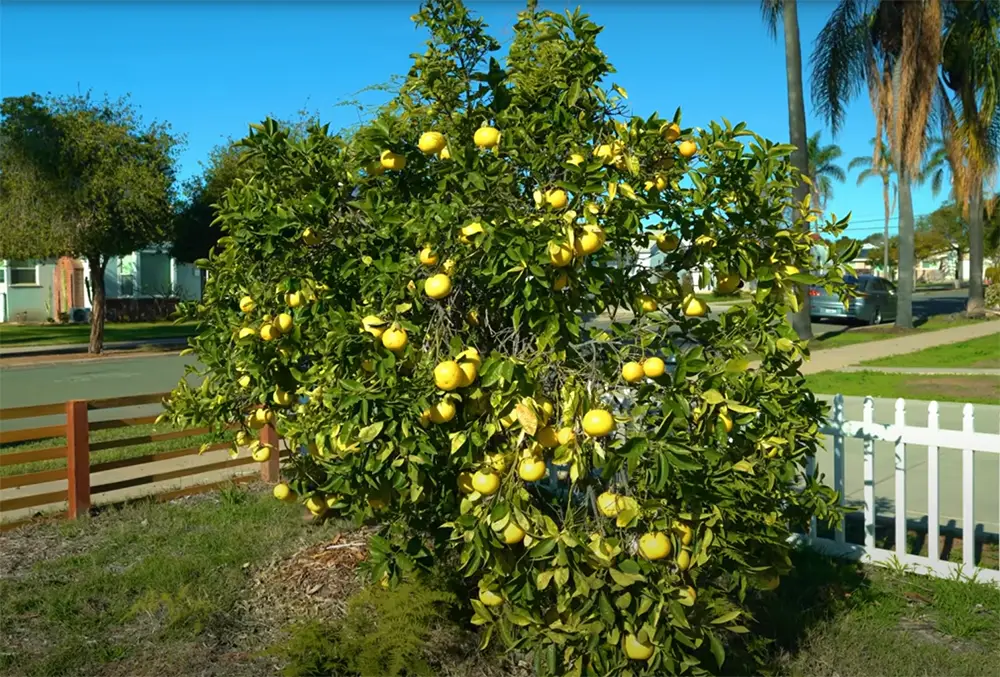
History
As trade routes expanded, the cultivation of citrus trees spread to the Middle East, where the fruit became a symbol of luxury and prosperity. The Middle Eastern traders introduced citrus trees to the Mediterranean region, including countries like Egypt, Greece, and Italy. The arrival of citrus trees in Europe during the time of the Crusades brought a burst of vibrant flavors and fragrances to the continent, greatly enriching the culinary traditions of the time.
It wasn’t until the 15th century that Spanish explorers, such as Christopher Columbus, brought citrus trees to the Americas during their voyages of discovery. These explorers recognized the potential of citrus trees to thrive in the warm, subtropical climates of the New World. From the sweet oranges of Florida to the tangy lemons of California, citrus trees flourished and became an integral part of the agricultural landscape in the Americas.
Today, citrus trees are cultivated in various parts of the world, with different varieties and hybrids being developed to suit different climates and preferences. The rich history and cultural significance of citrus trees continue to be celebrated, as they remain a beloved and cherished part of our culinary and natural heritage.
Characteristics
Citrus trees, with their glossy green leaves and fragrant white flowers, create a picturesque sight in any landscape. They come in a variety of sizes, ranging from small shrubs that can be grown in containers to majestic trees that provide ample shade and beauty. These incredible trees even have an interesting defense mechanism – thorns on their branches that serve as a deterrent to potential predators, ensuring their survival in the wild.
Cultivation
Citrus trees require a warm and humid climate to thrive, with temperatures ranging between 55-85 degrees Fahrenheit. They also need well-drained soil and regular watering to produce healthy fruits. These trees are typically propagated through cuttings or grafting onto rootstocks, which helps in improving disease resistance and enhancing fruit production.
One of the most popular methods of cultivating citrus trees is by using dwarf rootstock, which results in smaller trees that are easier to maintain and harvest. This has made it possible for even those with limited space to grow citrus trees in their backyards or balconies.
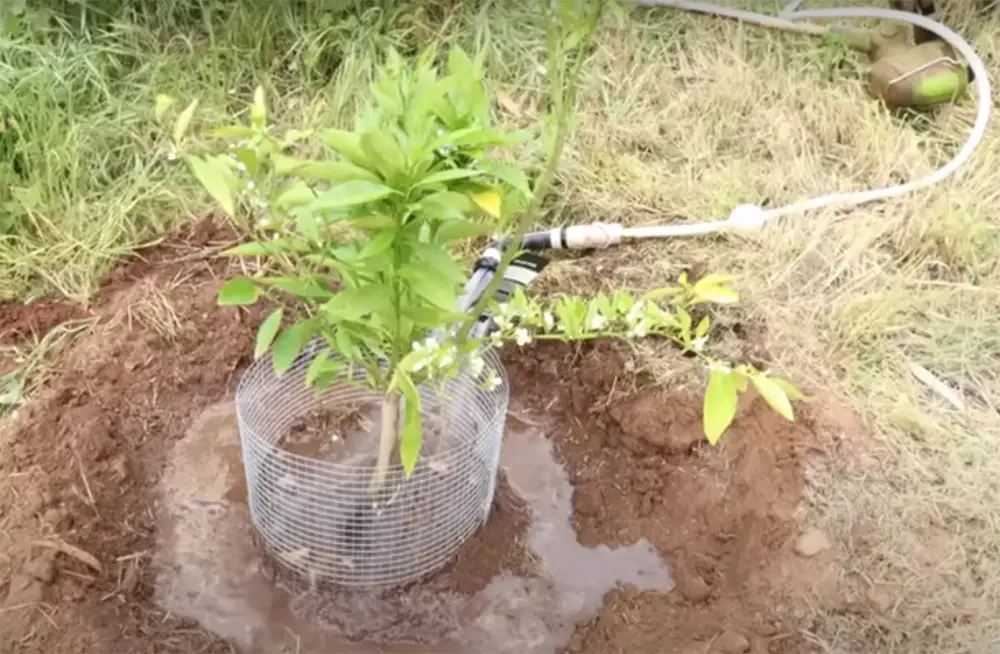
Uses
The most obvious use of citrus trees is, of course, the consumption of their delicious fruits. These fruits are not only flavorful but also packed with essential vitamins and minerals, making them a nutritious addition to any diet.
Citrus trees also have a variety of non-culinary uses. The zest and peels of citrus fruits are used in cooking and baking, while the fragrant essential oils extracted from their leaves and flowers are popular ingredients in perfumes, cosmetics, and aromatherapy products. Citrus trees also provide shade and act as windbreaks, making them valuable additions to gardens and orchards.
What do you need to Grow a Citrus Tree?
There are a few key elements to consider when it comes to growing a healthy and fruitful citrus tree in your own backyard. Take a closer look at each one.
Climate
Soil
Good drainage is crucial for the optimal growth of healthy citrus trees. When selecting soil for your citrus trees, it is important to choose a well-draining soil that is rich in organic matter. Citrus trees thrive in slightly acidic soil with a pH level ranging from 5.5 to 7.0. To determine the pH level of your soil, you can easily conduct a test using an at-home kit or by sending a soil sample to your local agricultural extension office. By ensuring proper drainage and maintaining the ideal soil conditions, you can provide the best environment for your citrus trees to flourish and bear abundant fruit.
Sunlight
Citrus trees thrive when they receive an abundance of sunlight, as it is crucial for the production of sweet and juicy fruit. Ideal conditions for citrus trees include a minimum of 6-8 hours of full sun each day. However, if you happen to live in a region with cloudy or overcast weather, you can enhance the sunlight exposure for your tree by strategically choosing a planting location with a southern exposure. This will help maximize the amount of sunlight the tree receives, ensuring optimal growth and fruit development.
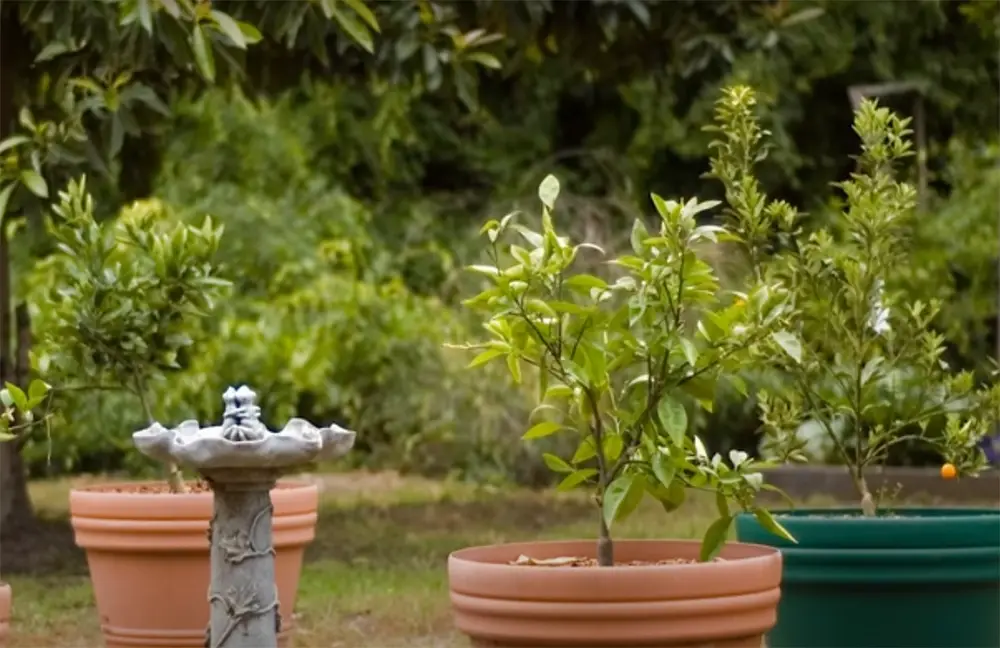
Water
Proper watering is absolutely crucial for the optimal health and well-being of your citrus tree. It’s important to strike the right balance by keeping the soil consistently moist, promoting nourishment and hydration, while avoiding the pitfalls of overwatering and waterlogging. Depending on the unique combination of your local climate and soil type, you may need to fine-tune your watering routine to ensure the perfect amount of hydration tailored to your tree’s specific needs. Regularly monitoring the moisture level of the soil and making adjustments as necessary will help you maintain a thriving and flourishing citrus tree in your garden. Remember, a little extra care and attention to detail can go a long way in nurturing the growth and vitality of your beloved citrus tree.
Fertilizer
Pruning
Regular pruning is an indispensable practice for ensuring the continued health and productivity of your cherished citrus tree. By carefully removing any dead or damaged branches, as well as those pesky suckers that tend to sprout from the base of the tree, you can proactively encourage optimal growth and development. Additionally, it is recommended to prune back any branches that may be crossing or rubbing against each other, as this promotes proper airflow and prevents potential damage. So, take the time to give your citrus tree the attention it deserves through regular and thoughtful pruning. Your tree will thank you with vigorous growth and bountiful fruit!
Pests and Diseases
How to Start Citrus Trees from Seed?
Starting citrus trees from seed is a great way to grow your own citrus fruits at home. It can be a fun and rewarding process, but it does take some patience and care. In this guide, we will walk you through the steps of how to start citrus trees from seed.
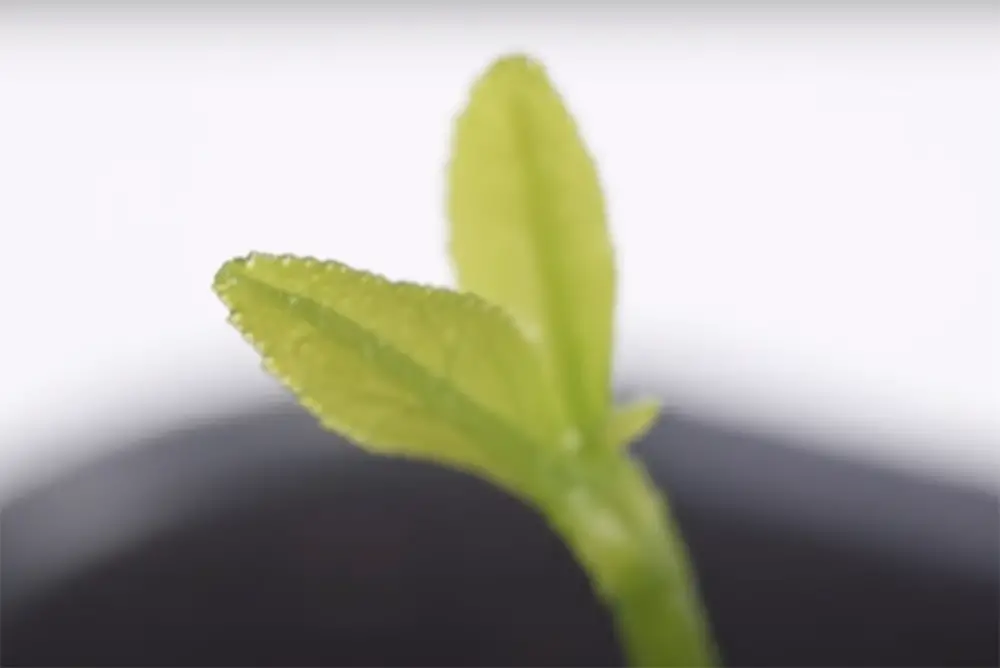
Step 1: Gather Your Supplies
Before you get started, make sure you have all the necessary supplies. Here’s what you’ll need:
- Citrus seeds (choose a variety that is suitable for your climate)
- Potting soil
- Planting pots or containers
- Water
- Fertilizer (optional)
Step 2: Prepare the Seeds
To increase the chances of success, it’s important to properly prepare your citrus seeds before planting them. Here’s what you should do:
- Soak the seeds in water for 24 hours. This will help soften the outer coating and speed up germination.
- After soaking, gently rub off any remaining pulp or residue from the seeds.
- Take a small piece of sandpaper and lightly scratch the surface of each seed. This will help break through the tough outer layer and allow for better water absorption.
- Rinse the seeds with clean water and let them dry before planting.
Step 3: Plant the Seeds
Now it’s time to plant your prepared citrus seeds. Here’s how:
- Fill your planting pots or containers with potting soil, leaving about an inch of space at the top. Make sure the soil is well-draining.
- Place one seed in each pot, about an inch deep into the soil.
- Gently cover the seeds with a thin layer of soil and lightly water them.
- Keep the pots in a warm, sunny location and make sure to keep the soil moist (but not soggy) at all times.
Step 4: Care for Your Seedlings
It may take a few weeks or even months for your citrus seeds to germinate and sprout. Be patient and continue to care for them during this time.
- Water regularly: Citrus trees need consistent moisture, so make sure to water your seedlings regularly.
- Provide sunlight: Once your seedlings have sprouted, they will need plenty of sunlight. You can supplement with artificial grow lights if needed.
- Fertilize (optional): As your seedlings start to grow, you may want to fertilize them every few weeks with a balanced fertilizer.
Step 5: Transplanting and Maintenance
Once your citrus seedlings have grown into small trees (this could take anywhere from 1-3 years), they can be transplanted into larger pots or directly into your garden.
- Choose a sunny, well-draining location for your citrus tree.
- Make sure to provide regular water and fertilizer as needed.
- Prune the tree regularly to maintain its shape and encourage healthy growth.
How to Care for Citrus Trees?
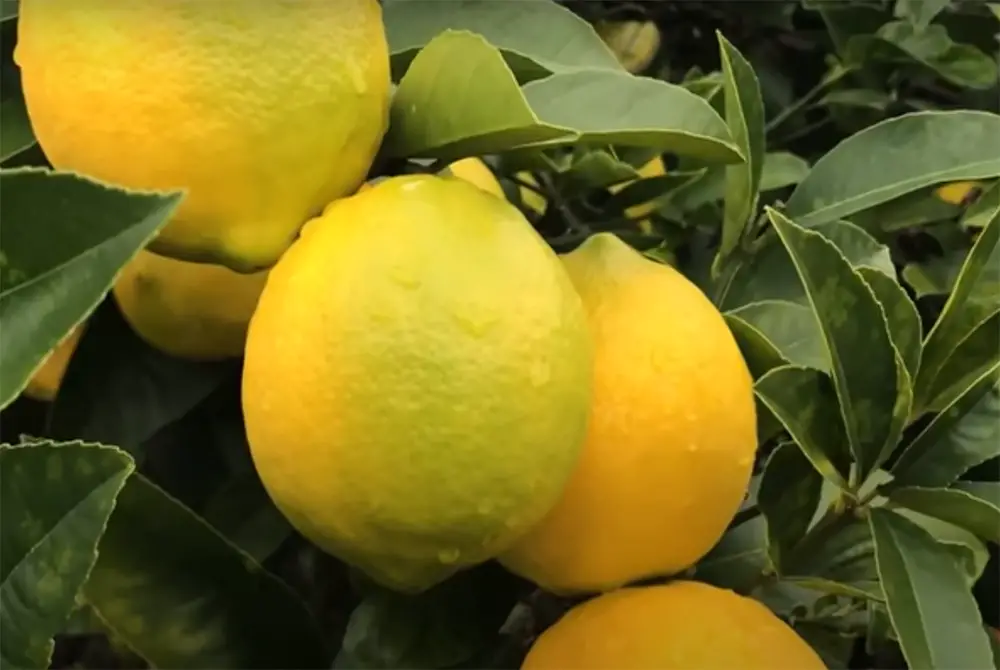
Citrus trees are a great addition to any garden or landscape. They not only provide delicious fruits but also add aesthetic value with their beautiful foliage. However, these trees require some special care and attention to thrive and produce healthy fruit yields. Here are some tips to care for citrus trees:
- First, you should choose the right variety of citrus trees for your climate. Citrus trees are sensitive to extreme temperatures and require a specific amount of sunlight and water. Research the best varieties for your region before planting.
- The ideal time to plant citrus trees is during spring or fall when the weather is mild, and there’s plenty of moisture in the soil. Make sure to select a location with well-draining soil and enough space for the tree to grow.
- Once planted, ensure that the trees receive adequate water. Citrus trees require regular watering, especially during their first year of growth. However, be careful not to over-water as it can lead to root rot.
- Fertilize your citrus trees regularly with a balanced fertilizer, preferably one that is rich in nitrogen. This will help promote healthy growth and fruit production.
- Prune your citrus trees annually to remove any dead or diseased branches, improve air circulation, and control the tree’s size. You can also prune to shape the tree for better aesthetics.
- Keep an eye out for pests and diseases that commonly affect citrus trees such as aphids, scale insects, and citrus greening disease. Regularly inspect your trees and take necessary measures to control these issues.
- Mulch around the base of the tree with organic materials like compost or bark chips. This will help retain moisture in the soil, suppress weed growth, and add nutrients to the soil as it decomposes.
- Protect your citrus trees from extreme weather conditions, such as frost or strong winds. Cover the trees with a blanket or sheet during cold nights and provide shade during hot summer days.
- Harvest your citrus fruits when they are ripe by gently twisting them off the tree. Be careful not to damage the fruit or the branches.
- Lastly, enjoy your fresh and healthy citrus fruits! Citrus trees can produce fruit for many years with proper care and maintenance.
In addition to these general tips, there are some specific care considerations for different types of citrus trees. For example, dwarf citrus trees require regular pruning and may need additional support to prevent them from toppling over due to their small size. On the other hand, lemon trees are more sensitive to cold temperatures and may need extra protection during winter months. It’s important to research the specific care needs of your chosen citrus tree variety for optimal growth and fruit production.
FAQ
How long does citrus take to grow?
Citrus trees usually take around 3-5 years to produce fruit, but it can vary depending on the type of citrus and growing conditions. Some citrus fruits, like lemons and limes, may start producing fruit in as little as 2 years.
Which citrus is easiest to grow?
Lemon trees are considered one of the easiest citrus trees to grow, as they require minimal maintenance and can thrive in a wide range of climates. They also tend to be more resistant to pests and diseases compared to other types of citrus.
Other easy-to-grow citrus fruits include mandarins, tangerines, and grapefruits. These fruits are generally more cold-tolerant and adaptable to various soil types.
Useful Video: How to Plant Citrus Trees From Start to Finish (COMPLETE GUIDE) 🍊
Conclusion Paragraph
To grow a citrus tree, you need to start with a healthy plant and provide it with proper care. This includes choosing the right location, watering regularly, fertilizing as needed, pruning when necessary, and protecting from pests and diseases. One of the most important factors in successfully growing a citrus tree is selecting the right location. Citrus trees need full sun and well-draining soil to thrive. They also do best in a warm and humid climate.
References:
- https://www.gardena.com/int/garden-life/garden-magazine/everything-you-have-always-wanted-to-know-about-citrus-trees-and-overwintering-them/
- https://www.almanac.com/plant/citrus-lemons-oranges-and-limes





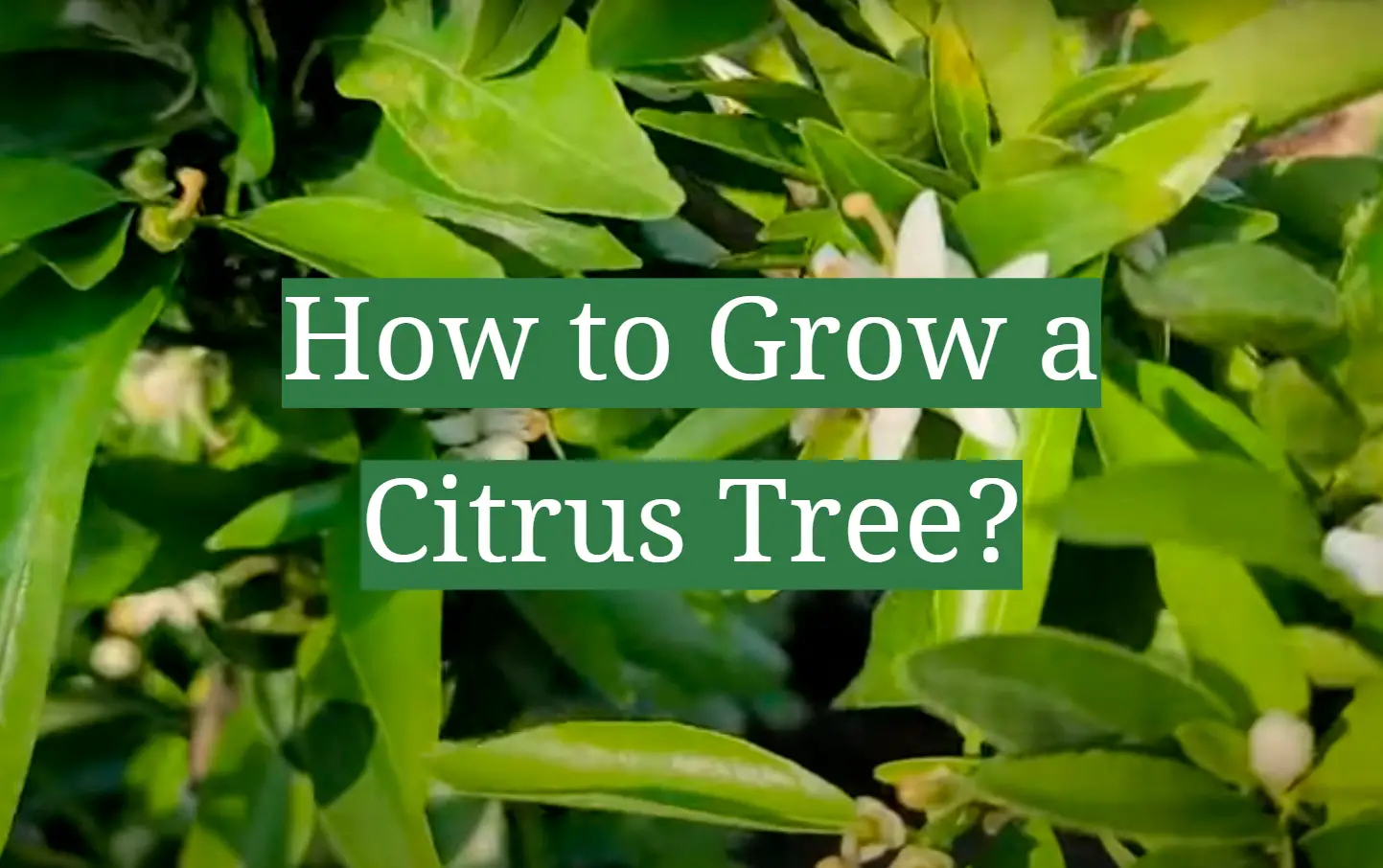




Leave a Reply
View Comments